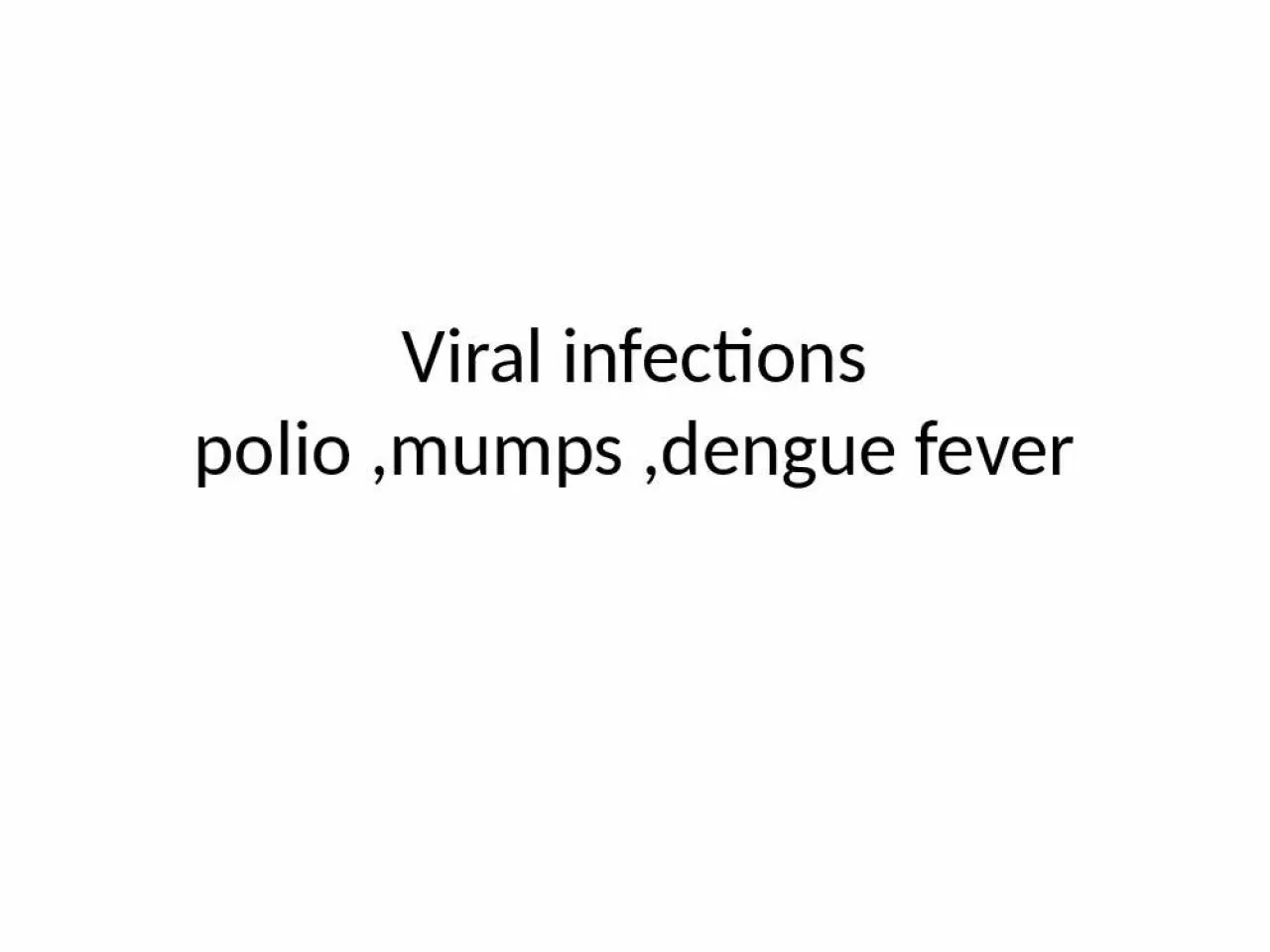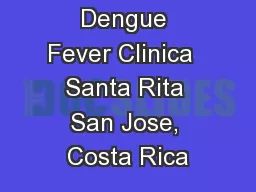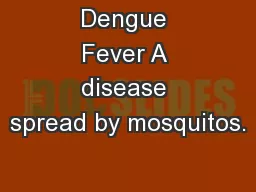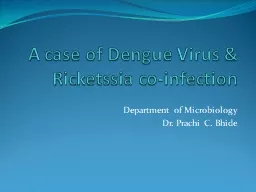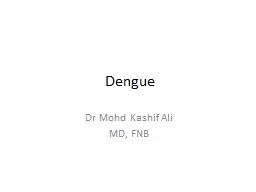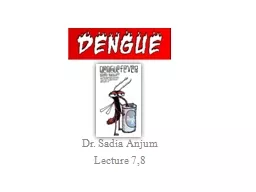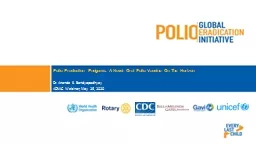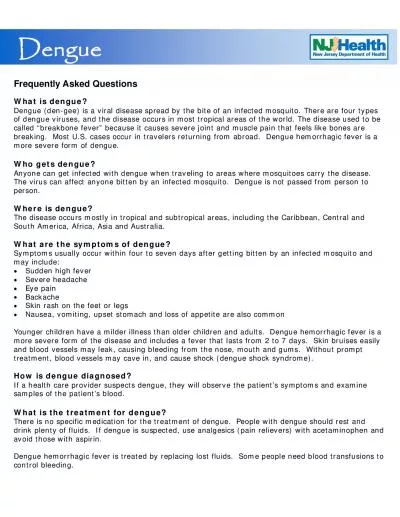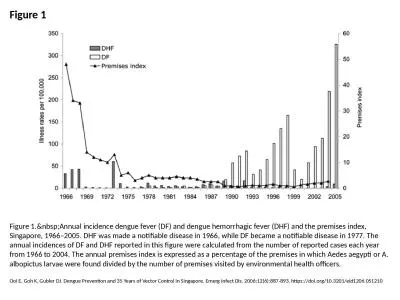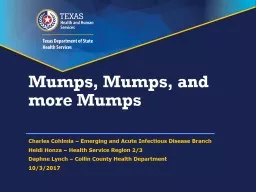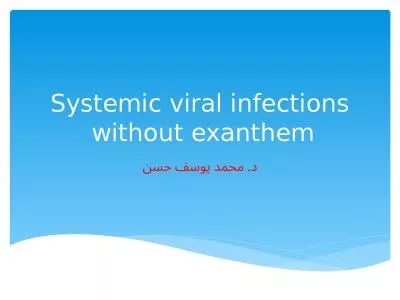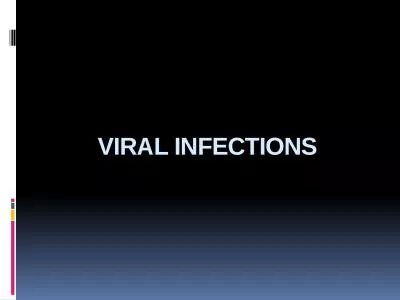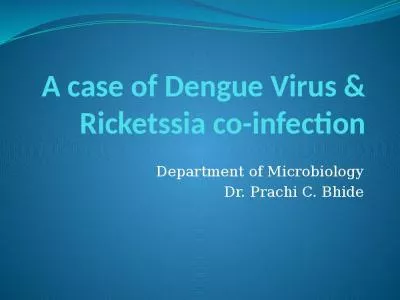PPT-Viral infections polio ,mumps ,dengue fever
Author : badra | Published Date : 2022-02-10
mumps Mumps is acute self limited infection Mumps virus exist as a single immunotype and human are the only natural host Mode of spread person to person by respiratory
Presentation Embed Code
Download Presentation
Download Presentation The PPT/PDF document "Viral infections polio ,mumps ,dengue fe..." is the property of its rightful owner. Permission is granted to download and print the materials on this website for personal, non-commercial use only, and to display it on your personal computer provided you do not modify the materials and that you retain all copyright notices contained in the materials. By downloading content from our website, you accept the terms of this agreement.
Viral infections polio ,mumps ,dengue fever: Transcript
Download Rules Of Document
"Viral infections polio ,mumps ,dengue fever"The content belongs to its owner. You may download and print it for personal use, without modification, and keep all copyright notices. By downloading, you agree to these terms.
Related Documents

